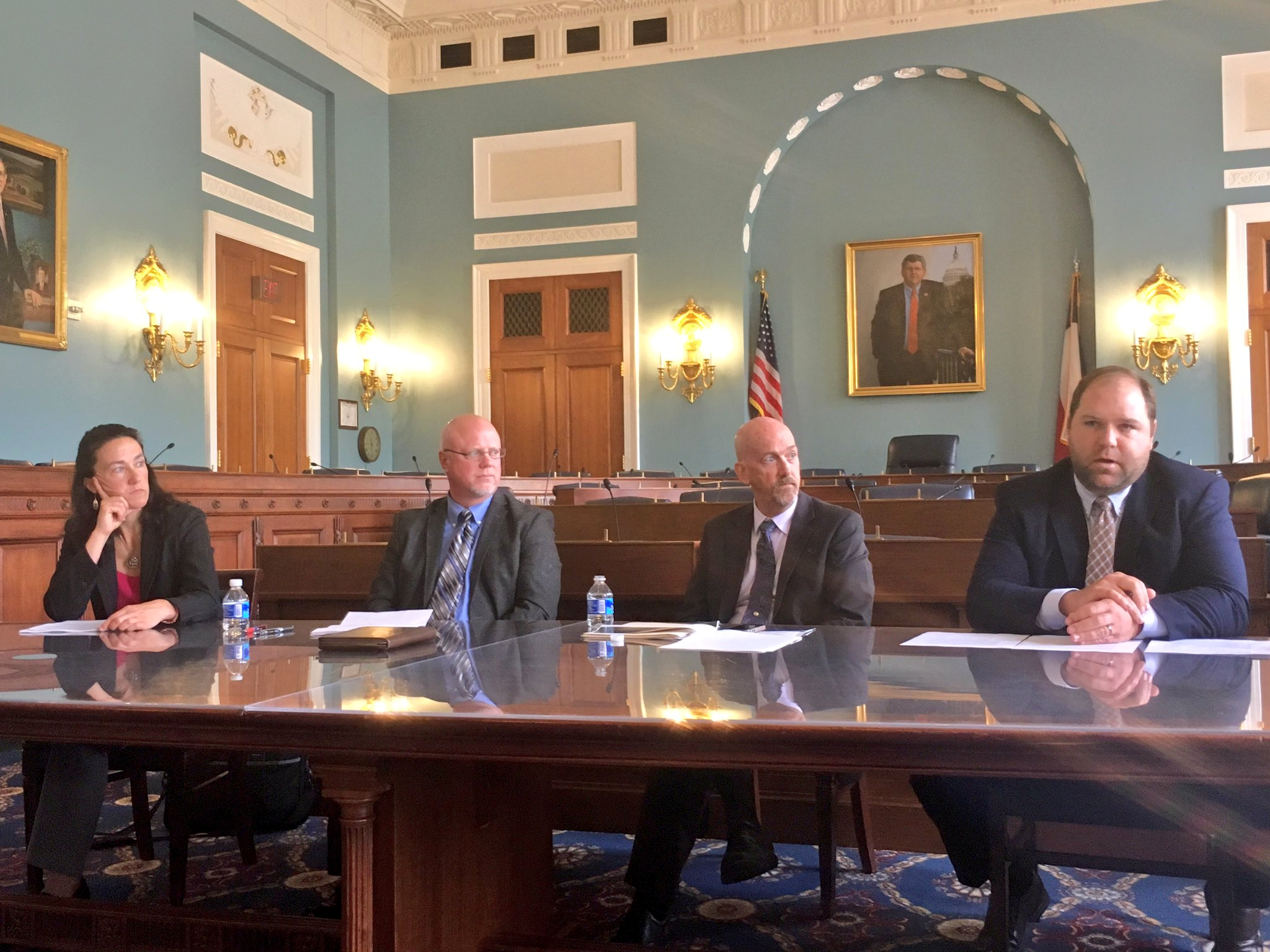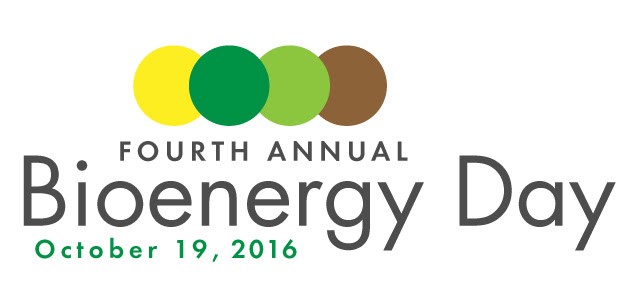
Congressional Biomass Caucus Co-Chair Hosts Informative Bioenergy Panel
Rep. Bruce Westerman (R-AR), co-chair of the Congressional Biomass Caucus and Working Forests Caucus, sponsored a congressional briefing on bioenergy this week.
Moderated by Julie Tucker, national lead for renewable wood at the U.S. Forest Service, the panel featured three experts on the carbon cycle, U.S. forest growth projections and a biomass/coal co-fire project in Arizona.
Dr. Bob Malmsheimer of the State University of New York College of Environmental Science and Forestry and an author of the forests chapter in the 2014 National Climate Assessment, gave a presentation on the role of bioenergy in maintaining a vibrant forest products sector. He emphasized that bioenergy and forest products markets incentivize landowners to cultivate their lands rather than selling them, and to keep forests healthy for optimal harvests. He has previously presented his team's research in the paper "Forest Carbon Accounting Considerations in U.S. Bioenergy Policy."

Dr. Steven Prisley of the National Council for Air and Stream Improvement (NCASI), presented research on the growth of forest and carbon stocks in the United States over the past century. His data showed that forests have grown steadily, and have remained stable since the 1950s despite overall booming lumber, housing and pulp/paper markets. Dr. Prisley made the case that biomass, particularly residues replacing the use of fossil fuels, can be carbon beneficial.
Finally, Lane Dickson discussed the Salt River Project's testing of co-firing with biomass at its coal facility in Arizona. He said the company is dedicated to improving forest health in the state.
The panel, well-attended by Congressional staffers, was followed by a Q&A session. This event follows Rep. Westerman's August Seed2Sawmill tour in his home state of Arkansas, which included a pellet mill tour.

New York Times Runs Critical Biomass Story; Industry Pushes Back
The New York Times this week published the latest of several stories critical of biomass and the carbon neutrality amendment included in the Senate energy bill passed earlier this year. The story presented questionable research on biomass emissions and lacked input from any industry sources. It also disregarded the market forces at work that prevent the industry from "burning forests."
In a blog post, Tim Portz, executive editor for Biomass Magazine challenged the story's claims, expressing frustration at the familiar - and wrong - arguments:
"I could go on and on about the biggest cause of deforestation worldwide is a better economic return being offered by some other use. I could point out that forest inventories in this country have been stable for a century. I could talk about the army of actual forestry professionals that embrace forest-based biomass energy because it helps fund robust forest management practices. ...The bottom line however, is I could write a rebuttal like this nearly every day of my professional year. Why? Because so many folks in the mainstream press have fallen for the scorched earth myth being perpetuated by an increasingly familiar handful of groups. The terminology. The talking points. The imagery. It's all so familiar."
Many industry and non-industry groups pushed back on social media and in the comments section of the New York Times story.
Register for Heating the Midwest
The 2016 Heating the Midwest conference is taking place October 11- 13 in the Upper Peninsula's Harris, Michigan.
Established in 2011, Heating the Midwest represents more than 200 industry, government, non-profit, university and tribal organizations committed to increasing awareness, education and outreach for heating with biomass in the Midwest. We promote thermal biomass to a large constituency, including government policy makers and entities, institutions, municipalities, businesses and consumers.
2016 is shaping up to be a great conference and we are hoping you are able to participate!
Have News to Share on Pellet Wire?
We'd love to feature your company's news in a future Pellet Wire! We want to be the first to know your company's recent developments to share them with the wider pellet fuels industry.
Please be in touch with Carrie Annand at [email protected] with information on your company's growth, job openings, promotions or other news.
Join a PFI Committee
We welcome and encourage all interested PFI members to get involved in our committees. There are many opportunities to help steer the association. No matter where your expertise and interests lie, we have a committee that will suit you. Help us plan our next conference, shape our policy agenda, lead communications outreach or grow the PFI Standards Program. Visit PFI's website for more information.
Host an Event for Bioenergy Day 2016, Taking Place October 19
October 19, 2016, marks the Fourth Annual Bioenergy Day! Many pellet fuels manufacturers are planning facility tours and other events to emphasize the many economic and environmental benefits of bioenergy to elected officials, customers, the media and other stakeholders.
We urge anyone interested in building ties to their communities to consider hosting a Bioenergy Day event, either on your own or jointly with other bioenergy businesses or supporters in your region. There are many resources available to help you plan, including a Participation Guide on the Bioenergy Day website. Previous participants are also willing to share best practices, lessons learned, and other tips to ensure a smooth and successful event.
 Thanks to many sponsors, including the U.S. Forest Service, and participants, Bioenergy Day has grown each year. Organizations across the country have engaged their communities on bioenergy, earning dozens of media stories and helping more people understand bioenergy. State and local governments, elected officials, universities and businesses have all recognized bioenergy in its many forms. Biomass power, domestic and export pellets, biogas, anaerobic digesters, combined heat and power - all of these types of bioenergy are part of Bioenergy Day.
Thanks to many sponsors, including the U.S. Forest Service, and participants, Bioenergy Day has grown each year. Organizations across the country have engaged their communities on bioenergy, earning dozens of media stories and helping more people understand bioenergy. State and local governments, elected officials, universities and businesses have all recognized bioenergy in its many forms. Biomass power, domestic and export pellets, biogas, anaerobic digesters, combined heat and power - all of these types of bioenergy are part of Bioenergy Day.
To learn more, visit www.bioenergyday.com, or send an email to Carrie Annand at [email protected]. Watch the 2016 Bioenergy Day video on YouTube. If you're holding an event, be sure to let us know the details and tweet about it using the hashtag #bioenergyday!

